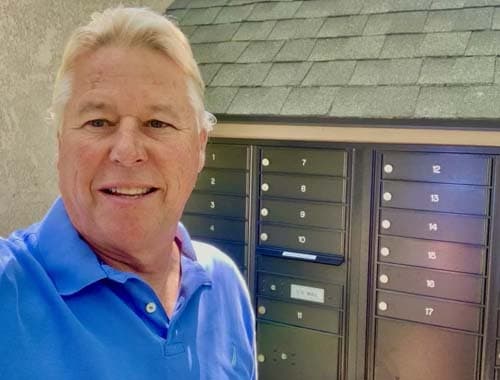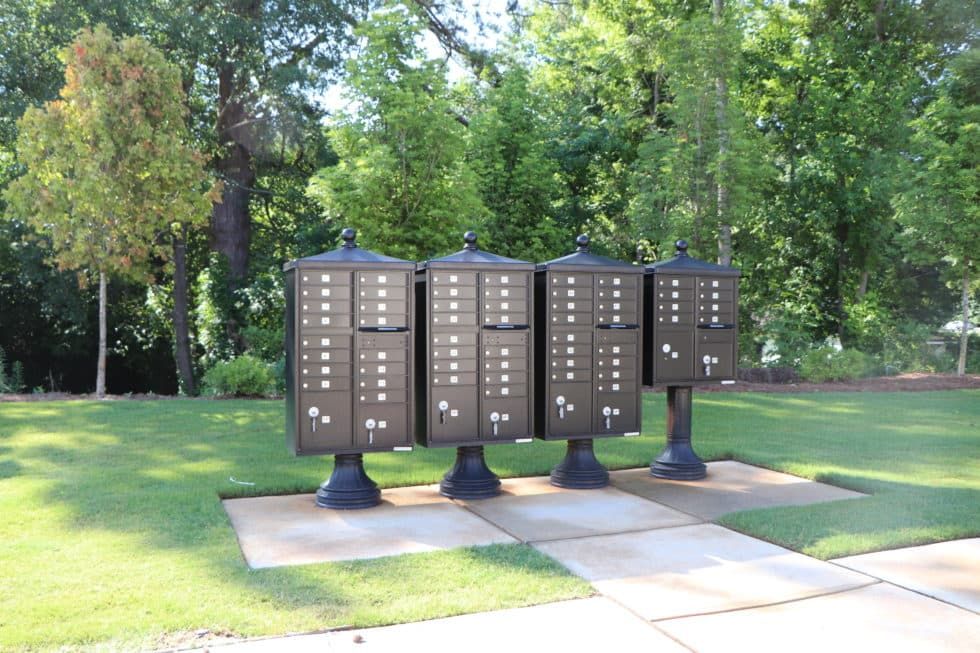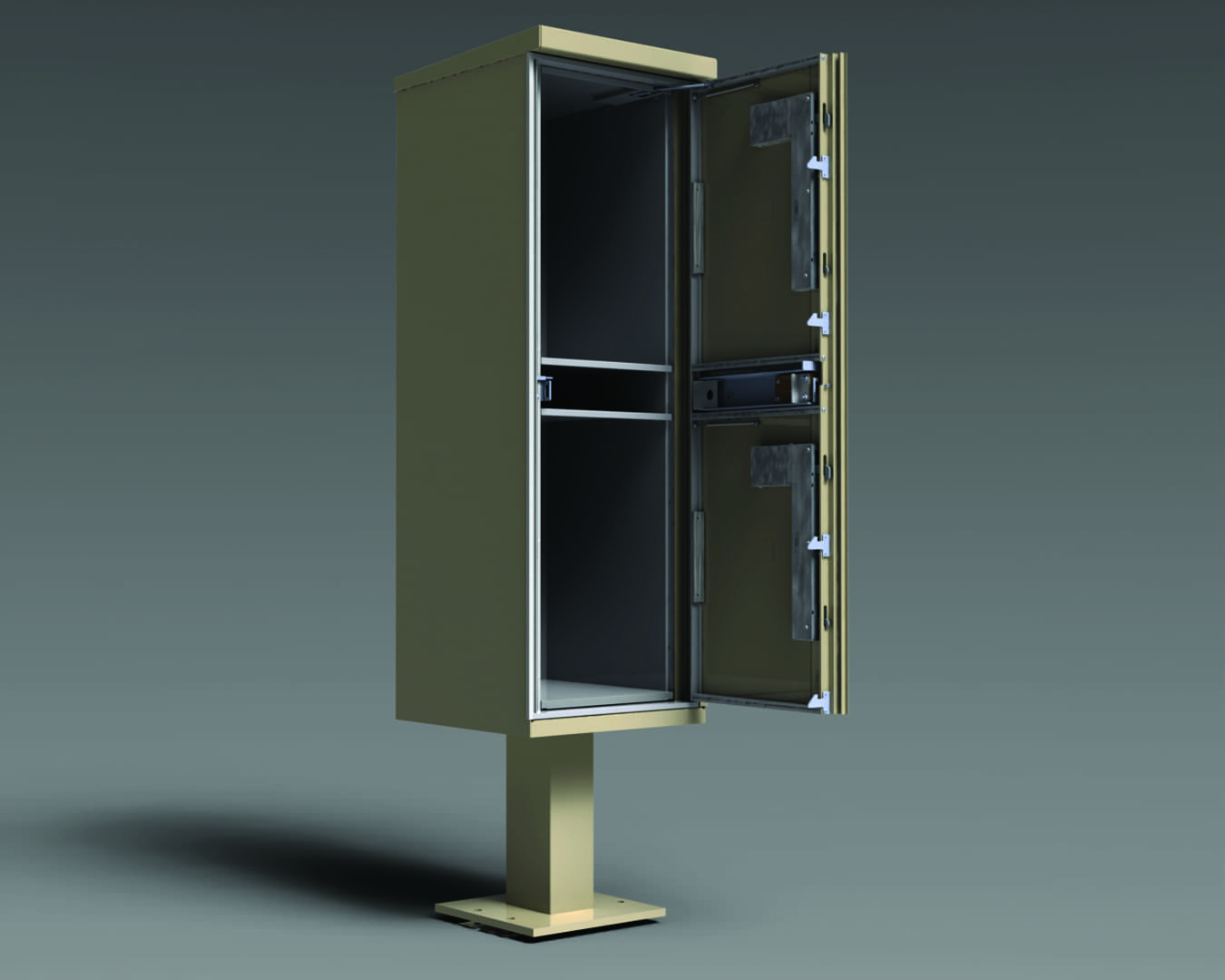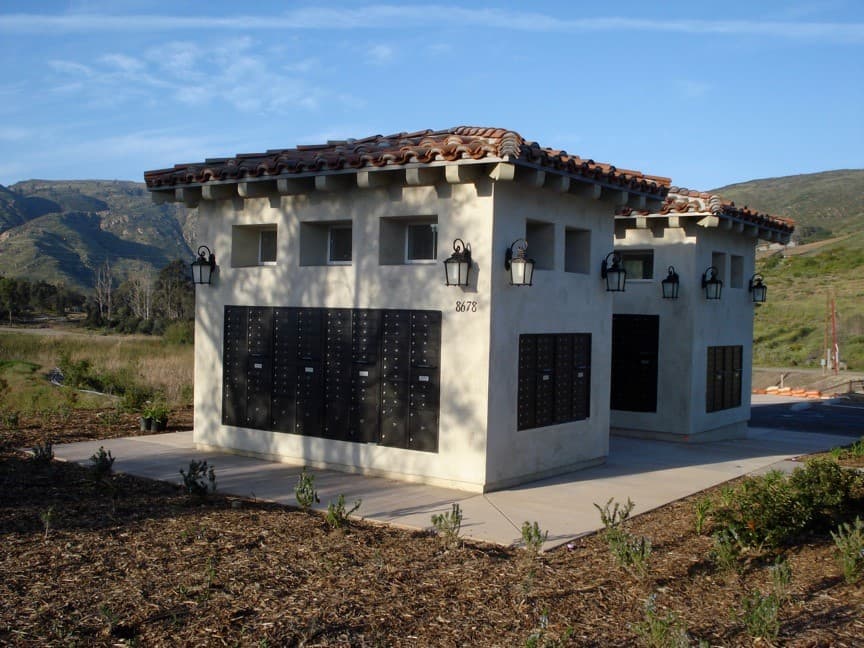Successful residential property development relies on numerous factors. One of those is providing convenient, resident-friendly mail delivery via a community mail center outfitted with rugged, yet aesthetically appealing USPS-compliant centralized mail and package equipment.
We caught up with one of the experts in this field, Randy Ressel, owner of Southern California company Developers Specialties, who is a veteran in cluster mailbox installation and has been working in the industry for decades. We asked Randy a few questions about how he approaches new projects; his dealings with developers, the USPS and manufacturing suppliers such as Florence Corporation; and his thoughts on the changing role of mailboxes today.

“We Saw the Writing on the Wall”
Randy got his start installing mailboxes in 1977 during a boom in housing development. The work was steady, but at a time when the Post Office was practically giving away mailboxes, Randy figured it was time to step away from the industry for a while. He came back about ten years later when Florence changed the business of mailboxes in a big way.
“What happened was Florence won a contract with the USPS to design and build the new type of box we have today, and we were made distributors. We readily accepted that because that’s the way the business was going. We saw the writing on the wall, and that’s what we do today.”
These days, Randy’s company specializes in providing USPS-approved cluster mailbox installation over a large swath of southern California. He primarily works with developers involved with tract housing. His company sends out teams to install cluster box units (CBUs) on a daily basis, so Randy is essentially in a similar line of work that he’s been doing since high school. He’s comfortable in this niche industry, and with decades of experience and expertise under his belt, the niche work has more than paid off.
For over twenty years, Randy and his four-person team of full-time installers have been working with Florence to provide high-quality cluster mailboxes to southern California developers. Though the distance between Florence’s manufacturing center in Kansas to Randy’s area in California can be a challenge, the close working relationship, the quality of Florence’s product, and the competitive prices make up for the extra shipping time.
About Safety & Security

After a recent uptick in mail theft over the last year, we asked Randy about his thoughts on the security of Florence’s mailboxes.
“You need a power tool to try to get into these things. The way it's designed the door won't come off… compared to what we’ve had in the past, these are bulletproof.”
In the same vein of security, we asked Randy if he had any influence on the placement of mailboxes to maximize safety for community members. Randy discussed the distinct roles that developers, architects and the Post Office play in terms of mailbox installation locations, placement in relation to the street and even keeping the mail area safer with the addition of lighting:
“I coordinate with the Post Office to get approval of where they want [the mailboxes] placed. The developer has the option to say ‘that will work’ or request a modification in siting, but ultimately, it's up to the Post Office who must approve the location of each new centralized mailbox or mail center before installation is completed. “
The Process
Randy offers great detail about the long, back-and-forth process between developers, city planning and the local USPS that is required before his company can actually install the cluster mailboxes.
“The developer comes first. Generally, they send us a tract map before the future homes even have addresses. Then, we make an address map and send that to the city to get approval. We get started really early in the process, sometimes a year before they break ground. Once we have the tract map with the street names and addresses, we send the map to the Post Office.”
A tract map refers to an overhead view of a prospective neighborhood containing many concentrated, small plots.
Randy goes further by describing the Postal Service’s role in deciding mailbox installation and how that can sometimes affect development timing.
“The Post Office sets up a line of travel so that they can go [into the neighborhood] one way and come out the other, and they show us where they’d like to have the mailboxes. Generally, we can move them around a bit, but they want them on one side of the street so that the line of travel isn’t interrupted. Usually, that whole process takes a week, but lately, it’s been taking a month — it usually varies based on the number of new people involved in the process.”
“We work with the USPS New Growth Coordinator that handles the area we’re working in. They ask for a tract map with addresses, then they’ll send back a color-coded map showing where they’d like the mailboxes to go and which mailboxes serve which houses. At that point, we have the needed information, and we can go install the mailboxes.”
As suburban areas continue to grow in the United States, the USPS employs New Growth Coordinators who handle the addition of almost one million new delivery points each year. Developers and their contractors need to reach out to New Growth Coordinators early in the planning process to ensure that new package and mail delivery implementation runs smoothly.
On the Increase in Package Delivery

During the summer of 2020, the USPS changed the parcel locker-to-mailbox ratio requirement for new centralized mail centers from 1:10 to 1:5 in order to coordinate with the uptick in package delivery. When asked if he ever installed new mail centers that exceeded the 1:5 requirement, Randy said that he would do so only if asked to by the developer.
With work lined up two years in advance, Developers Specialties looks forward to working more with Florence in the future. Randy’s decades-long relationship with Florence is just one example of the close ties between developers, contractors, and suppliers that characterize the centralized mail equipment niche in the construction industry.
Cluster mailbox installation is complicated, and it requires many different people working together to be a success. Florence has a long history of working with companies like Developers Specialties that truly focus on becoming experts in the field. Randy said it best, “Florence has been good to me — it has been a good partnership over many years.”
See how other projects have installed Florence mailboxes to improve their properties. Or find a Florence dealer like Randy in your area to help you with your next project.

